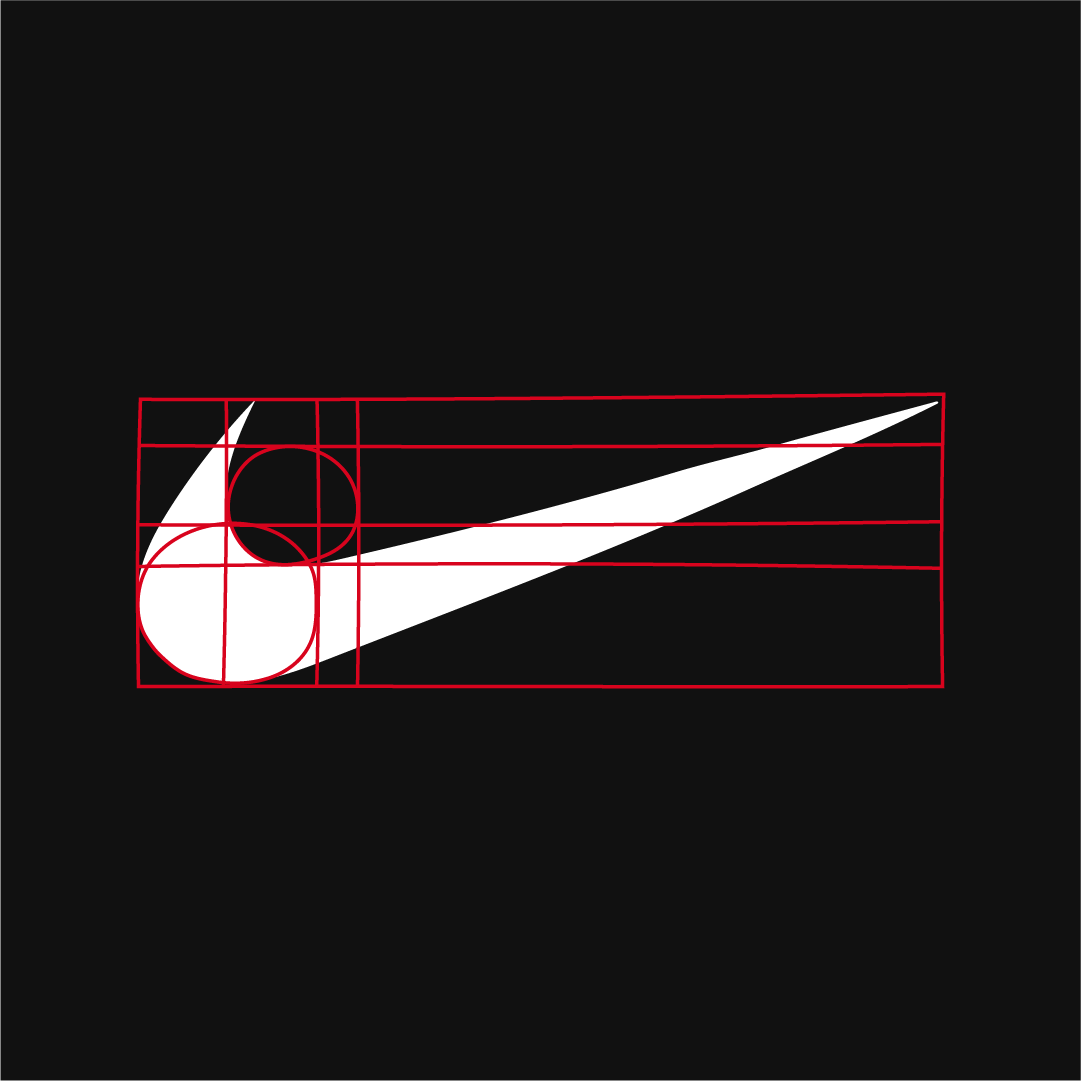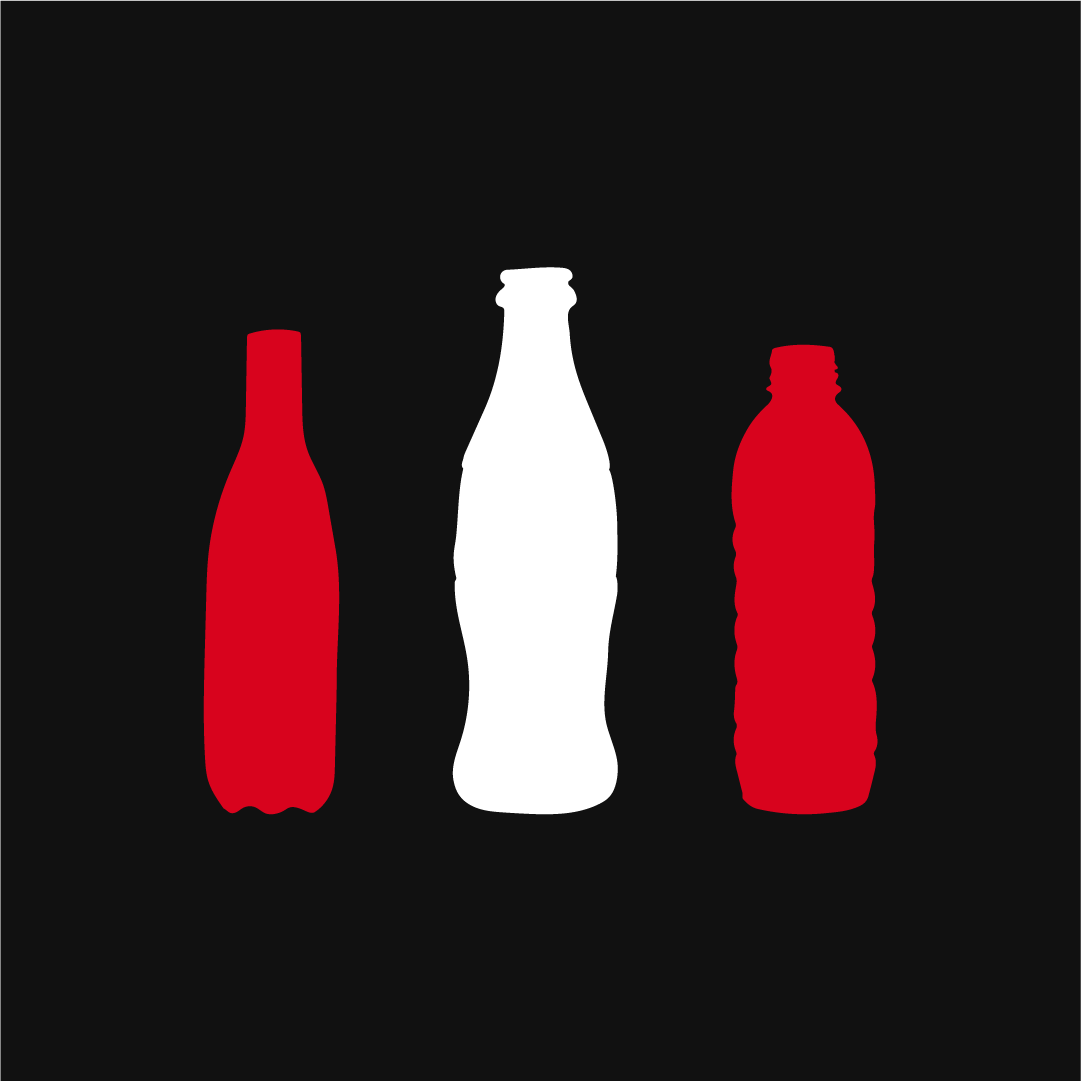
OCTOBER 2023
Building Your Brand from Scratch? Here’s What You Need to Know!
You’ve got a great idea to kickstart your business and a whole product range ready to hit the market. But what’s next? What do you do now to ensure that your products or services are on everybody’s mind and on everyone’s lips? How do you build up a brand that resonates with your audience, again and again? Whether you are an up and coming business or an older brand going for a makeover, it’s when you build up your brand the right way that you can expect sustained growth in the business. To help you reach the top, we are here to show you the ropes of brand building and make the climb easier.

What’s A Brand?
To build a brand, you need to start at the ground level. To start with, you must know what a brand really is. To give you a rough idea, a brand is not simply your brand’s logo or brand name that gets printed on your business cards and office stationery. A brand is more than the tangible components that make it. It’s the perception in your customers’ minds that results from the impression you leave on them.
And we are not just talking about the first impression here, rather – consistently making impressions on their hearts and mind through your voice, words, visuals, and services – is the real deal. But where does that consistency come from? It stems from the substance that makes you, you, and is projected towards your audience in a way that instinctively endears your essence to them.
Knowing Your Target Audience
Branding plays an instrumental role on the daunting stage of customer satisfaction, where you try to blow your audience’s minds with kickass services or products and effective branding for an unforgettable experience. And to craft experiences that exceed their expectations, you first need to know those expectations, as famously said by marketing guru Roy H. Williams.
As you segment your target audience, you can recognize their likes, dislikes, dreams, and goals. To do this, make the most of any and every resource you have at your disposal. Compile analytics, check subreddits, take surveys, surf social media, or even simply just Google it. As you research your target audience, you get to know the market, your competitors, and the direction you need to go for stabilizing your position.

Forming Your Brand Personality
There are lots of plus points to knowing your target audience and their pain points. It not only helps you form your USPs and positioning statement but also to stake your claim against the competition. And that’s how your customer can differentiate you from the rest. Want to know what all you can do to set yourself apart? Adopt a personality that is unique to you and makes your brand look more like a soulful person to form a deeper connection with. Also, find words that can be associated with your brand and embody them when you interact with your customers, either visually or textually.
Coming Up With A Brand Name
Once you have a thorough knowledge of what qualities and characteristics define your brand, you can explore and experiment with names that describe it well. As your brand name plays an instrumental role in establishing your identity, keep it short and punchy. After all, a brand name that is a mouthful is difficult to either be pronounced correctly or remembered perfectly. Because it informs your logo and features, brainstorm a name that is unique, simple, or difficult to imitate. Moreover, you can have a productive brainstorming session by approaching it from different angles, just like these brands:
- Descriptive brand names like Farmer’s Market Foods or Wholefoods.
- Evocative or metaphorical brand names like Nike or Amazon.
- Invented brand names like Pepsi or Google.
- Lexical brand names like Dunkin Donuts and Swiffer.
- Acronyms for brand names like HP and UPS.
These examples can inspire you to conceive a brand name that will be on your customers’ mouth and mind.

Choosing Suitable Colors And Fonts
For your brand name to evoke the right feelings, you need to work like a Trojan. The same goes for your colors and fonts. If color psychology is to be trusted – and trust us, it is – then your colors are responsible for affecting your customers’ moods and feelings. That means the colors you choose are responsible for visually representing your brand, and it’s the same for your fonts as well. Just like color psychology, there are psychological forces at play that make people associate certain feelings with your font.
Crafting An Unforgettable Logo
Your logo may not be your brand, but it is an essential part of your brand building process. It’s the face of your brand that looks back at your customers through business cards, hoardings, and every other place where they come across it. So it goes without saying that your logo needs to be unique, scalable, and creative. Here too, you can get inspiration from the different types of logo listed below-
- Abstract logos like Reebok and Pepsi
- Watermarks like Coca Cola and Apple
- Emblem logos like Starbucks and Harley-Davidson
- Mascot logos like that of Wendy’s and Quackers
- Lettermarks logos like IMB and ESPN
- Wordmark logos like eBay and Disney
- Icon logos like that of Twitter and Target
- Combination logos like McDonald’s and Nike
All these logos prove that a simple yet smart logo can live on for years. If you can’t come up with a cool design yourself, you could always check out some of these top branding agencies to help you create what you want.
Branding All The Way…
Designing a logo and choosing your colors and fonts are the initial steps of the brand-building process, not the final ones. Even as you launch your brand, you need to find the right channels to target the right audience. Not just that, you also need to stay consistent by adopting a uniform and clear tone whenever you interact with your customers. Analyzing and evolving your branding strategies to make them effective is how you can expand your customer base.
Conclusion
Brand building is a continuous process that never stops, even when you become a household name. But before you reach that place, focus on building your brand and telling your story, step by step. And these tips will help you start your brand on the right foot.


